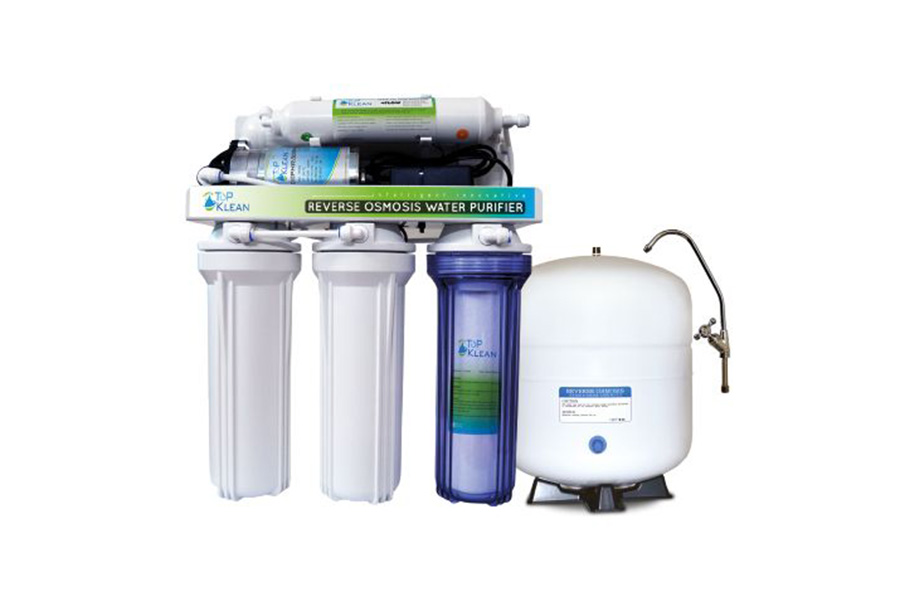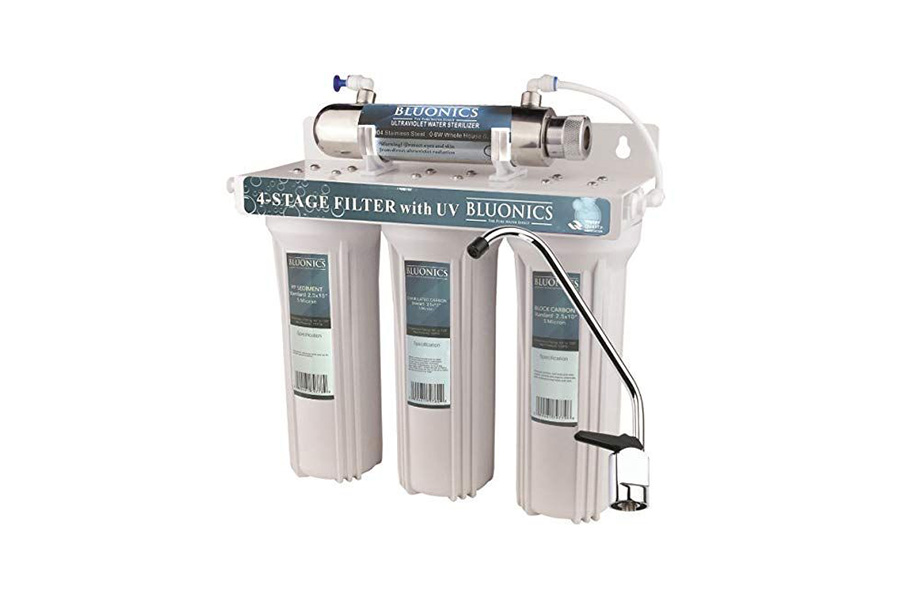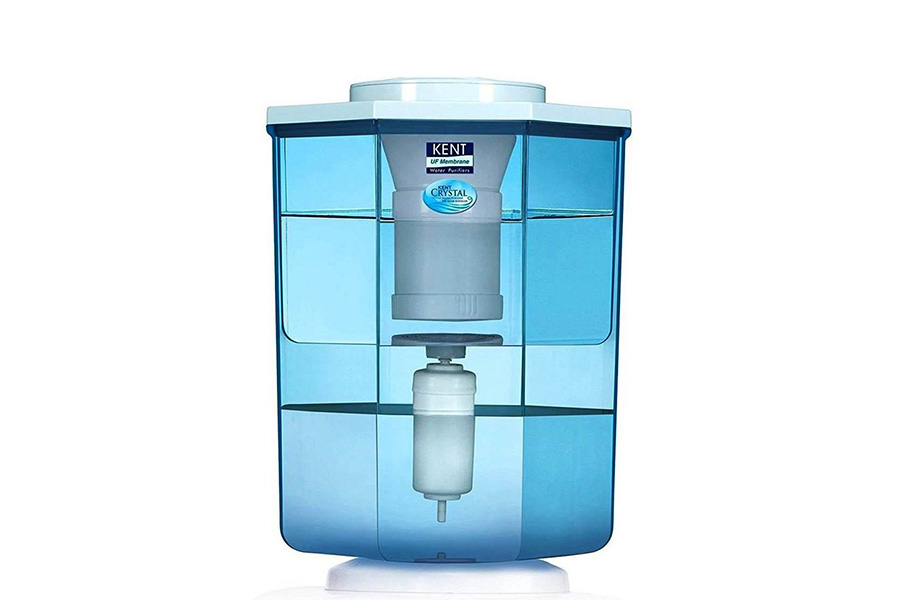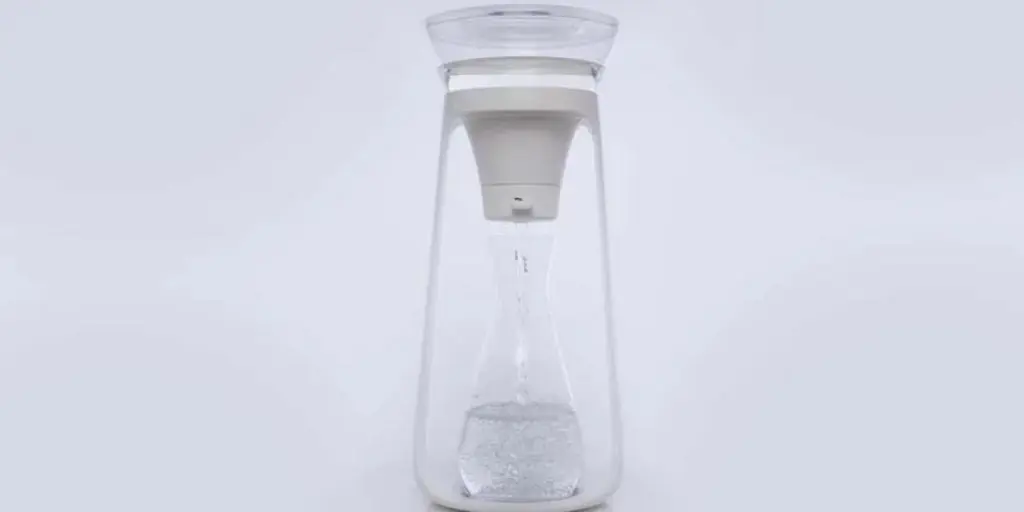Water purifiers started as devices for organizations and wealthy consumers. But the market slowly became more inclusive, allowing many sellers to expand their horizons and target more customers.
Now, water purifiers have various benefits making them worthy purchases. Consumers have several reasons to buy them for home and office use, including drinking uncontaminated water. For this reason, the water purifier market is more lucrative than ever.
This article will guide businesses looking to invest in water purifiers and explore the industry’s potential for profit.
Table of Contents
Types of quality water purifiers
How to choose the right water purifier
Why more consumers are going for water purifiers?
How big is the water purifier market
Rounding up
Types of quality water purifiers
Gravity-based purifiers or tap/faucet-mounted filters
Faucet-mounted filters offer the simplest form of water purification available on the market. Usually, they have sediment or sediment + activated carbon filters helping to remove undissolved and substantial contamination like sand and mud. Tap filters are also efficient enough to block some chemicals and microorganisms.
Tap-mounted filters have structures tiny enough to fit directly on taps. Interestingly, gravity-based purifiers are updated models of faucet filters providing slightly advanced purification. Most versions feature in-built storage tanks for placing impure water.
Also, many gravity-based water purifiers feature two separate tanks—one for impure and the other for purified water. These water purifiers are ideal for consumers living in areas with low TDS and water contamination levels because they won’t protect them from biological impurities like viruses, bacteria, and disease-causing germs.
Reverse osmosis (RO) purifiers

These purifiers use the opposite of osmosis to decontaminate water. Such devices push water molecules from regions with high TDS to areas with low TDS levels. In addition, the system reverses the natural flow of water with the help of external pressure from water pumps.
Reverse osmosis purifiers can easily separate water molecules from other particles, leaving dissolved solids and other impurities behind. Then, the system flushes out the wastewater through a different channel.
These cleaners are ideal for customers looking to cleanse highly contaminated water. Reverse osmosis purifiers can supply water with the lowest TDS level. However, they require electricity and may waste a significant amount of water.
Ultraviolet (UV) purifiers

UV purifiers utilize ultraviolet rays for water purification. They work by running water through high-intensity UV rays that eliminate any viruses or disease-causing bacteria. But these machines can’t handle undissolved or dissolved chemicals or impurities.
However, businesses can compensate for this drawback with sediment filters (for undissolved impurities) and activated carbon filters (for dissolved impurities).
Consumers with water sources contaminated with viruses and bacteria but having low TDS levels will gravitate toward UV purification systems.
Ultrafiltration (UF) purifiers

Like reverse osmosis, ultrafiltration adopts the semi-permeable membrane method for water purification. But that’s where the similarity ends. UF purifiers use membranes with large pores (usually 0.01 microns), while RO purifiers utilize smaller ones (0.0001 microns).
One advantage UF filters have is that they don’t rely on electricity. Since they use larger pores, water can flow through them naturally with the force of gravity. In addition, these systems don’t retain water to avoid wastage.
However, ultrafiltration can only remove more significant impurities or undissolved solids without reducing TDS levels. Hence, they’re not recommended for water with high TDS levels.
How to choose the right water purifier
TDS level
The kind of water purifier consumers need depends on their water contamination of TDS level. Generally, many people consider RO purifiers as the best investment. However, not all consumers need something that powerful.
For example, consumers with low TDS water (below 500 ppm) may require gravity-based, UV, and UF water purifiers. If the TDM level goes beyond 500 ppm, buyers may need RO systems or a combination of up to three water purifying techniques.
Location of the water purifier
The type of water purifier also determines where consumers will place them. Ideally, cleansers should stay near an electrical point with earthing and a water source. The attainable distance between the device and the water/electrical point should be 3 feet.
In addition, water purifiers must stay far away from direct sunlight or heat. Consumers with space issues may opt for wall-mounted devices. Usually, modern apartments provide unique outlets near the kitchen sink for easy purifier connection.
Budget
Retailers must also evaluate their targets’ budgets. It’ll help them tailor offers to fit their prospect’s spending power.
Consumers will always opt for budget-friendly purifiers offering all parameters (water types, TDS levels, etc.). But, customers with low budgets may opt for alternatives to satisfy a specific function.
Existing water pressure
Sellers must ensure they purchase purifiers working within the standard water pressure. Usually, these machines need 5 to 40 PSI to operate effectively.
Consumers in 10-story buildings will have different water pressures. For instance, customers living on the 8th floor will most likely have 10PSI, while those on the 1st floor will get 45PSI from their tap. Such situations will need a pressure-reducing valve offered with the water purifier.
Additionally, consumers in homes with low pressure will require booster pumps. Alternatively, sellers can offer them UV purifiers compatible with loft tank pressure.
Source of power
Here’s another critical factor retailers must consider before investing in water purifiers. Consumers with frequent electric shortages will demand water purifiers with storage options.
These non-electric water cleansers operate on gravity instead of electricity, making them ideal for consumers experiencing unpredictable power supply. Retailers with consumers in areas enjoying stable electricity can offer various electric purifiers.
Maintenance
All water purifiers require some level of maintenance. Sellers must evaluate how much servicing and replacement their preferred systems may need for stocking up.
In addition, maintenance and service also differ according to water quality. Consumers with terrible water will need frequent inspections and maintenance.
Why more consumers are going for water purifiers?
Convenience in the long run
Water purifiers are one-time investments with several cost benefits. Consumers will get to pay less for water and avoid tending to weekly water deliveries. These decontamination units can save consumers valuable time and money.
Eco-friendly alternative to bottled water
Consumers with environmental goals will help reduce the annual consumption of bottled water by purchasing water purifiers. The more water cleansers enter homes—the fewer plastic bottles pollute the planet.
Better safety
Consumers with water purifiers can rest assured that they’ll get only safe and clean water. They will also know how the filtration process works and how uncontroversial it is before consumption.
How big is the water purifier market
Marketing experts envision the global water purifier market will expand from $30.62 billion in 2022 to $50.66 billion by 2029. They also foresee the industry exhibiting a CAGR of 7.5% over the forecast period.
Commercial and residential sectors show the most promise for increased water purification technology demands. Research predicts that RO and UV filters will dominate sales and applications from 2022 to 2029.
Asia Pacific accounted for $10.88 billion of the 2021 global market value. Experts foresee the region will provide more growth opportunities for the industry due to the increasing level of waterborne diseases.
Rounding up
The increasing concerns about health and contaminated waters have pushed consumers toward water purifiers. The market is experiencing a surge as more customers lose trust in bottled water and search for safer ways to satisfy their thirst.
However, sellers must consider several factors before diving into this profitable market. Consumers have varying needs, so retailers must ensure they make only relevant offers to avoid missing out on sales.
Investing in reverse osmosis purifiers, gravity-based purifiers, ultrafiltration, and ultraviolet purification is a profitable way to leverage the water purifier market.




